La Corrida
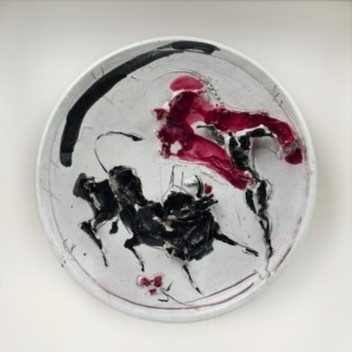

La Corrida

Emancipation Approximation

For The Love of God

The New Planet
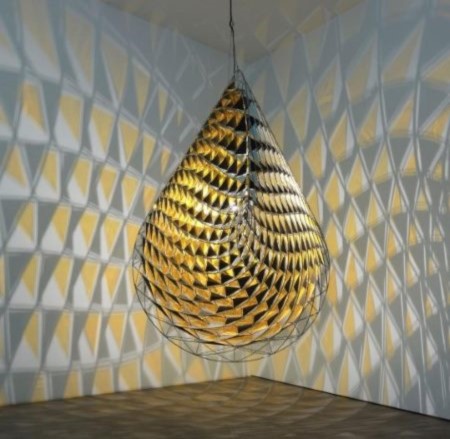
contemporary.co.il
Israeli artists are currently responding to political, historical and religious issues by using dynamic and experimental artistic practices. These artists are supported by a number of well-respected Israeli galleries. The Alon Segev Gallery exhibits emerging and established Israeli artists based in Israel and abroad, including installations, video, painting and sculpture all exhibited in the gallery’s white cube space.
Others, like the Braverman Gallery emphasise contemporary art media including video and installation art. The Noga Gallery of Contemporary Art represents well-known artists within the contemporary art world, including Ori Gersht, who has collaborated with internationally renowned institutions such as Tate Britain, Tate Modern and the Victoria and Albert Museum, Amikam Toren, who has shown in Centre Georges Pompidou, Paris and Royal Academy of Arts, London.
The Centre for Contemporary Art (CCA) is a registered non-profit organisation which has revolutionised contemporary Israeli art. The CCA curates and produces exhibitions, projects, screenings, lectures and performances, including BLURRR- International Performance Art Biennial and VideoZone – International Video Art Biennial. It has also established the Video Archive; a collection of over three thousand video works from 1960 to the present.
No Thing Die

Floating World
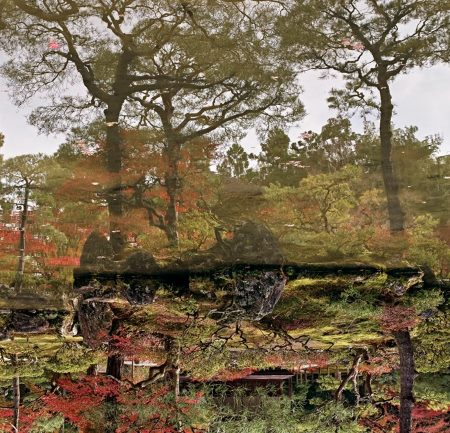
Star of Hope
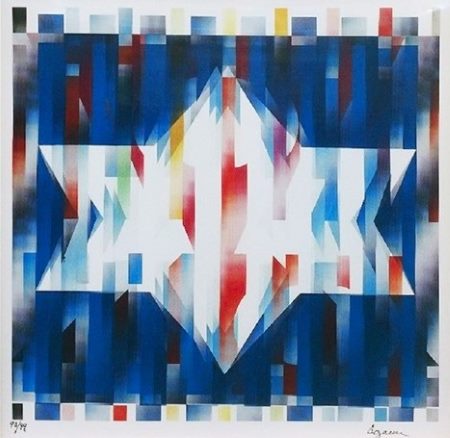
Simptoms Instalation
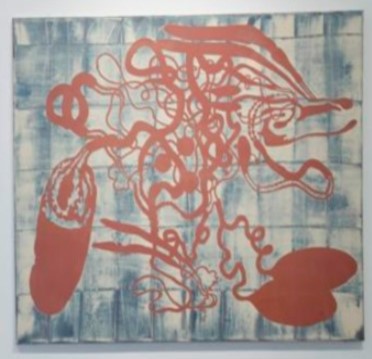
Most Famous
Contemporary Artworks
Contemporary art is notoriously difficult to understand since they cover so many different categories. Works include photography, painting, performance, sculpture, installation, video, film, and public art, with works ranging widely. Here are five contemporary art works providing some of the most influential approaches today.
Waiting by Lucion Fontana
In 1959, Lucion Fontana began to make cuts in canvas that were carefully pre-meditated but executed in an instant. Fontana claimed these cuts were constructive rather than destructive. Spatial Concept, Waiting is one of a series of works Fontana made in Milan between 1958 and 1968. These works, which all consist of a canvas that has been cut either once or more, are collectively known as the Tagli ('cuts'). Considered together, they are Fontana's most extensive and varied group of works, blurring the distinction between two and three dimensionality. Each cut was made with a single gesture using a sharp blade, and the canvases were then backed with strong black gauze giving the appearance of a void behind, binding destruction and creation.
by Kara Walker
A recurring theme in Kara Walker's work is the racist and sexist prejudices in the US, particularly residents in southern states, in which the black racial segregation policy was strong - where the African-American artist grew up. The title of the work is an ironic quote from the Emancipation Proclamation, a document with which in 1863 the American President Abraham Lincoln abolished slavery. Large white, black and gray silhouettes are arranged along the wall creating a story, animating scenes with violent and macabre content inspired by the horrors of slavery, alternating with mythological episodes such as Leda and the swan. They are also scenes of life in the plantations whose heroes embody stereotypes.
by Damien Hirst
A a 14-foot tiger shark suspended and preserved in formaldehyde was commissioned by Charles Saatchi and created in 1991 by Hirst. The work strengthened Hirst’s reputation as a forerunner in the Young British Artist’s movement and also prompted a wave of controversy about the value and originality of his work. Hirst appears to put little value on originality and authenticity, with the majority of his works being produced by a team of helpers, not by himself.
The 4.3 metre shark has an unnerving presence and its existence is similar to the theme of mortality, impossible to ignore, and must at some point be questioned.
by Sol Lewitt
This art work for Wall Drawing N.804 is ink on wall in a zig-zag pattern using red, yellow, blue, gray colours. This wall drawing was painted by Andrea Marescalchi. LeWitt began wall drawings in 1968 continuing until his death in 2007. LeWitt began with sets of guidelines or simple diagrams for his two-dimensional works executed first in graphite, then in crayon, later in colored pencil and finally in colour from a variety of sources. N.804 is one of these later drawings with colours inspired by LeWitt’s move to Italy in the late 1970s. According to the principle of his work, LeWitt's wall drawings are usually executed by people other than the artist himself, observing that each person draws a line differently and each person understands the instructions differently.
by Olafur Eliasson
Olafur Eliasson’s Wirbelwerk, roughly translated to mean ‘whirl work’ is an installation of hand-blown coloured-glass triangles, metal tubes and a light source from within that throws constantly changing patterns over every surface of the atrium at Munich’s Lenbachhaus, just above visitors’ heads. Wirbelwerk, which means vortex or whirlpool, looks like a glittering, light filled cross between an icicle and a tornado. Wirbelwerk tapers from a diameter of around seven metres at its broadest point to a narrow tip more than eight metres below.
The piece lights the atrium, casting flecks of light and shadows on the walls. The installation combines three longtime preoccupations of Eliasson’s work: weather, light and space, including engineering and optical physics.
Contemporary Jewellery
Contemporary jewellery, like all ‘contemporary’ art is very hard to define. It is not categorised by the materials used or by appearance, which can vary greatly. Perhaps it is easier to explain contemporary jewellery as a specific approach to making jewellery, which does not just focus on the end product. Instead the production process is concerned with the context and material which inform the development of the piece.
Materials in contemporary jewellery are not only confined to precious metals and stones but are materials which reflect the wider concerns of the jeweller and are desired present for many people. This means that some contemporary jewellery could be just as easily included in an exhibition of sculpture or fashion as well as jewellery. Whilst contemporary jewellery is not created to appeal to a particular consumer audience, it should still be wearable in some way on the human body.
Speaking of jewellery you should check out what The Eternity Rose offer. Their precious-metal and glazed roses start with a natural rose that has been cultivated. Once you see them, you will be truly amazed.
Contemporary jewellery is part of a long history of jewellery and many contemporary jewellers get inspiration from the history of jewellery making and design. A piece of contemporary jewellery is the result of a contemporary approach which considers the appearance, its material and style, in relation to broader themes and the world in which we live.
Over the past two decades, the number of students choosing to study jewellery design and production has grown around the world and there is now a thriving contemporary jewellery community, many of whom are make their living online. These international jewellers have embraced modern materials and techniques, as well as incorporating traditional workmanship. As an example, contemporary Native American jewellery ranges from hand-quarried and processed stones and shells to computer-fabricated steel and titanium jewellery.
contemporary.co.il is an Israeli website for contemporary and modern art. We support local artists and creative people.